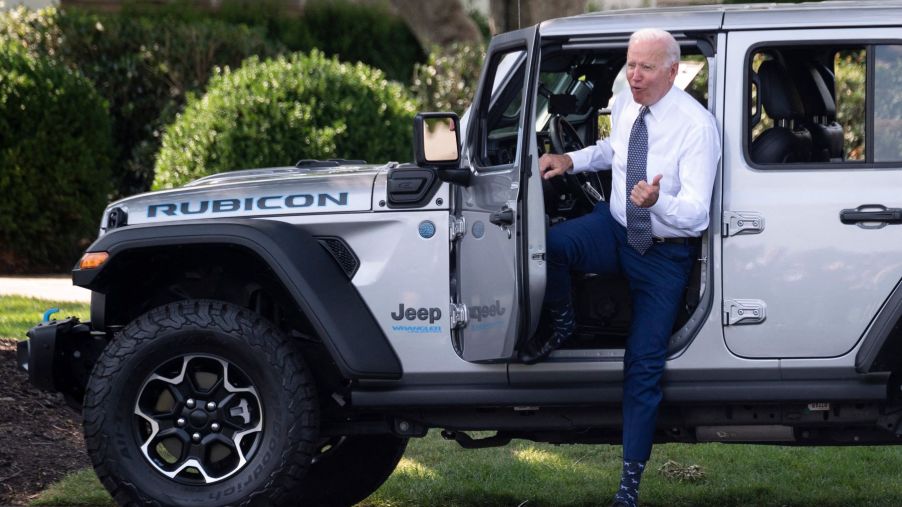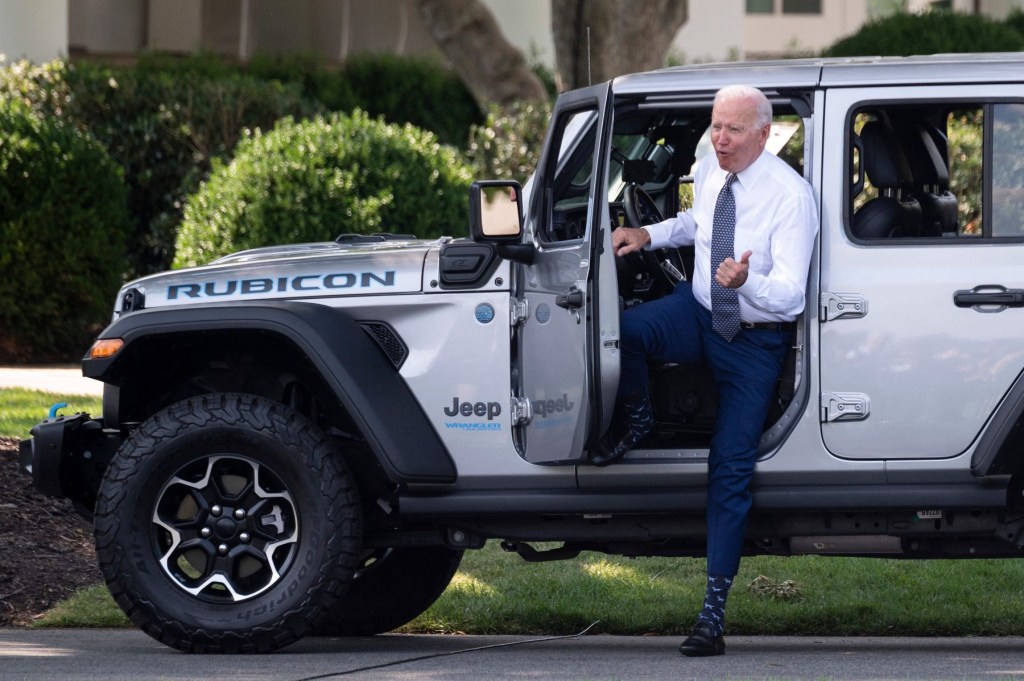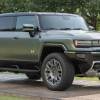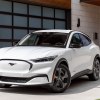
Joe Biden Wants Half of All New Vehicles to Be EVs by 2030, but Automakers Are Less Optimistic
Joe Biden recently released a statement highlighting an ambitious goal for electric vehicles (EVs). The Biden administration has already focused on EVs from the start, especially with infrastructure like charging stations. This new goal is supposed to put the U.S. in better standing for the global EV race. EVs are spreading very quickly at the moment, especially in Europe and China. It would also put the U.S. one step closer to meeting carbon emission reductions, especially considering it rejoined the Paris Agreement earlier this year. Read on to find out the Biden administration’s past goals related to EVs, how Biden’s goal stacks up against what automakers say, and the current state of EVs in the nation.
The Biden administration’s past goals on EVs

The new goal from Joe Biden isn’t entirely new, as there’s been work for an agreement on EV goals since early 2021. According to Reuters, in March 2021, 71 Democrats from the House of Representatives stated that the U.S. should aim for 60% emission-free vehicles by 2030. Later, this amount changed from a 50%-52% decrease in carbon emissions at a global climate summit. Others desired even lower emissions, as a group of governors stated the U.S. should follow Europe and ban internal combustion engine (ICE) vehicles by 2035.
Biden’s goal vs. what automakers believe the goal should be
Recently, the Biden administration put out a statement saying that they would plan for 50% of all new vehicle sales to be EVs by 2030, according to Green Car Reports. Meanwhile, Ford, GM, and Stellantis put out a joint statement saying the companies would shoot for 40% instead. This indicates automakers are overall less optimistic than the government when it comes to future EV goals.
This lack of optimism may come from the lack of a clearly outlined plan. For example, according to E&E News, “the target has no penalty for noncompliance.” Some automakers behind in the EV race, such as Toyota, may be more reluctant to adopt these standards but face no penalty for failing to meet them.
Meanwhile, environmentalists have criticized the numbers from Joe Biden, saying that they’re much too low. According to the New York Times, the European Commission said it would ban all ICE vehicles by 2035. Unlike the Biden administration’s statement, this would eliminate all hybrids, leaving room for only battery-powered and other eco-friendly vehicles. Without eliminating hybrids, carbon emissions would continue, as would gas stations.
The current state of EV production, popularity, and infrastructure
EVs have steadily gained popularity across the U.S. However, there is some consumer reluctance, especially when it comes to factors such as range anxiety. Many fear that their EV will run out of charge while driving and won’t be close enough to a charging station. Price has also been a factor, as many EVs, especially higher-end models, are significantly more expensive than ICE counterparts.
However, many of these hesitancies are slowly becoming irrelevant. As more automakers have stepped into the EV market, competition has forced some EV models’ prices to drop. There is also a $7,500 tax credit incentive, which may increase to over $10,000 at some point. This has encouraged many consumers to purchase their first EV. New charging stations are being built across the U.S. at the direction of EV makers, third parties, and the government. For example, Electrify America plans to double its charging network by 2025.
Taken together, these changes have encouraged and will continue to encourage EV sales and infrastructure.


